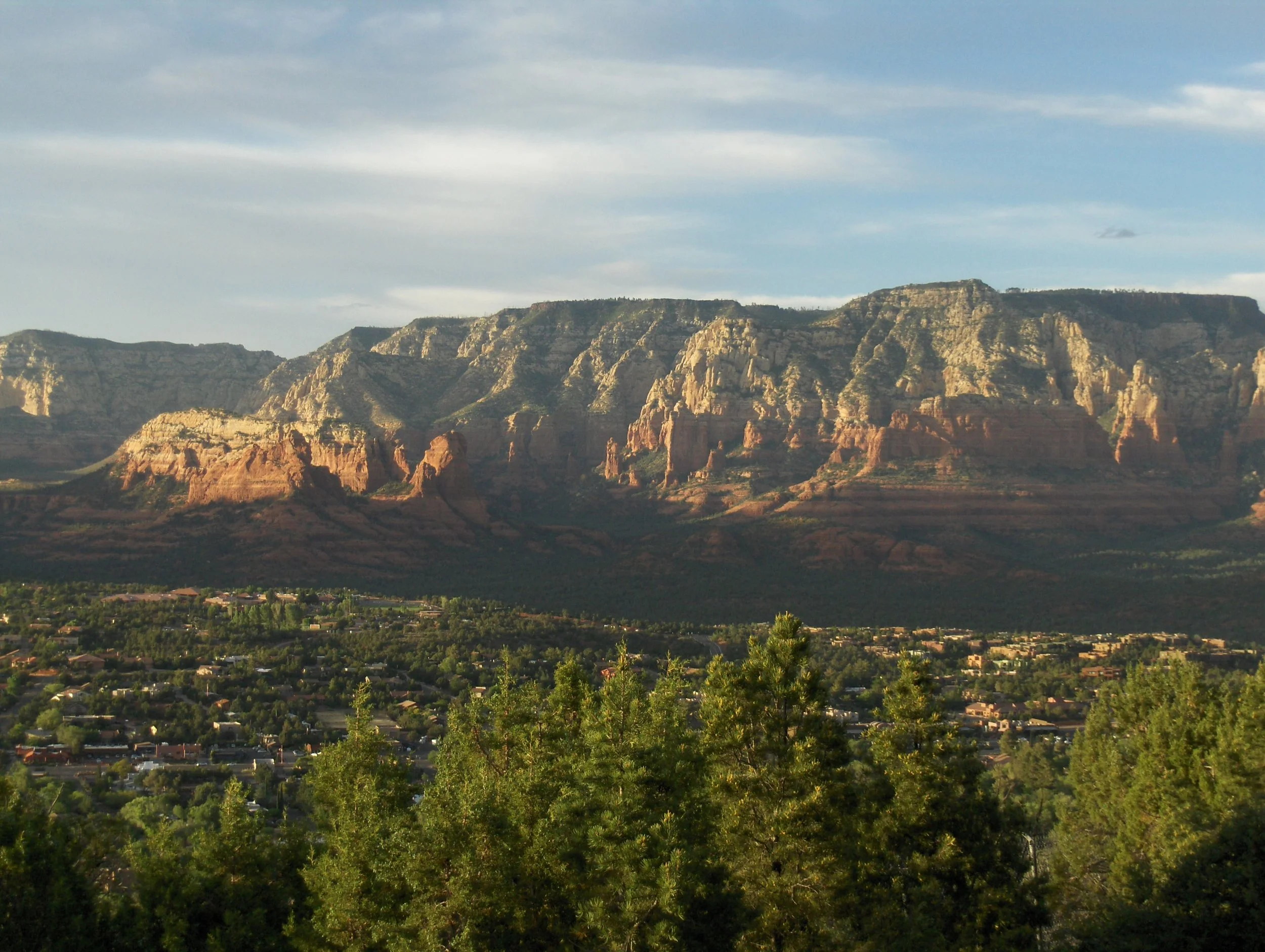Fall is a great time to harvest herbs and make them into something delicious for the winter.
This year we grew a number of herbs in our yard and garden. Basil, lavender, lemon balm, peppermint, catnip were all beautiful additions to the landscape. Cooking with the basil was great all summer long. I found a new recipe to make lemon balm cakes in July that was delicious. Lemon balm, lavender, peppermint and catnip can also be dried to make tea.
Since this year has been exceptionally chaotic, I wanted to make something a little stronger than tea with some of my herbs. Tinctures are a great way to preserve herbs. It uses alcohol to extract the active constituents more effectively than water (as in tea.)
Below I will walk you through a step-by-step picture guide to tincture making. Basically you add herbs to a glass container such as a Ball jar, cover with alcohol and let them sit for about 6 weeks. After steeping, remove the herbs and you have homemade botanical medicine in your cupboard.
Here is a link to Mountain Rose Herbs’ guide to tincture making which I found very helpful. I also get a lot of dried herbs from them - particularly elderberry and rose hips which are great immune-supportive herbs as we go into winter. I typically use the “folk method” for tinctures which is a little less formal but easier for at-home use.
Get your supplies ready!
Harvesting lemon balm (melissa officinalis).
Peppermint (mentha peperita)
Catnip (nepeta cataria) is not only good for cats. However, while it acts as an upper for cats, it is considered a “nervine” for humans which means it has a calming effect on the nervous system.
Fresh cut!
Separate leaves from stems.
Coarsely chop leaves. This increases the surface area exposed to the alcohol and helps extract the active constituents more effectively.
Fill container 1/2 - 2/3 full of leaves or other plant materials. Tinctures can be made with roots, flowers, leaves, etc. - depending on which part of the plant has medicinal use.
Fill container with alcohol - you can pretty much use any strong, plain liquor you have on hand. I use 80 proof vodka because it is cheap and has no taste of its own.
Make sure the plant material is fully covered with alcohol. If you do not imbibe alcohol or are making herbal preparations for children, you can also use vegetable glycerine as an alternative extract. Alcohol is a very strong solvent so it produces a more potent product but making glycerites is still a useful option.
Make sure to label your product with the date so you can remember when you created it! Store in a dark place like a cupboard and shake every few days. Typical steep time is about 6 weeks.











